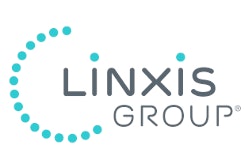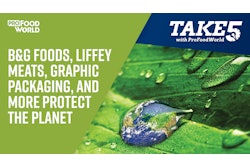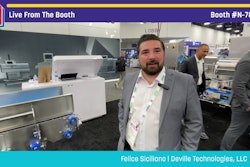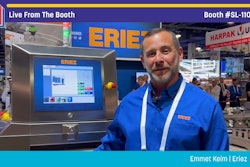What all consumer packaged goods companies have in common is that their most valuable assets are their brands. Brand extension is a proven means of leveraging those assets, increasing the variety of products under their respective umbrellas. A type of brand extension is licensing, wherein a company pays a brand owner for the privilege of marketing products under that brand. The licensing agreement should govern all aspects of the relationship, with none being more central than packaging.
A brand is a symbol, promising quality and value, in fulfillment of the needs and expectations of targeted consumers. A brand’s visual cues include its trade dress: name, logo, colors, fonts, slogans, and mascots, in gestalt, the whole being more than the sum of its components. The packaging conveys those cues graphically, and in many instances, is a structural cue, itself.
A brand is imbued with intangibles, the results of all the investments of time and resources expended on its behalf. Ideally, those intangibles reduce to an identity (aura, personality, etc.) that differentiates meaningfully to the consumer. For that sought-after result, the packaging must deliver at the point-of-purchase and afterward, throughout the consumer’s experience with the product. The brand owner should demand nothing less of the packaging of any of its licensed products.
Only well-established brands are licensed. Why else would another company pay to ride the coattails of an unestablished brand? Brand owners, nonetheless, should think beyond the prospect of fees in determining whether to grant licensing rights. That’s because the brand owner always has more to lose from an ill-conceived and/or ill-executed licensing agreement. Licensing is not a relinquishing of the brand owner’s control; to the contrary, the licensee should be regarded as an extension of the brand owner, with the latter exercising commensurate control and ultimate rights of approval.
Regarding packaging, an overarching consideration is the product form to which the brand is being extended. Liquid or solid, for example; uni-construction or assembly, as another example. The point being broached is that the licensed product may be of a form different from any previously marketed under the brand. When that’s the case, a likelihood is that the required packaging will be different than what the brand owner has been using. It’s less of a challenge if the brand owner has its own efficient, effective package development process, which it only needs to assign to the evaluation of the licensee’s proposed packaging.
In large part, package development is about achieving functionality with the least amount of complexity feasible. Keep it simple. When that’s the prescription, there’s less probability of malfunctions and consumer dissatisfaction, including personal injuries. Packaging can be reasonably simple, yet comprised of multiple components. Here, concerns should include the fit among components, along with their individual dimensional tolerances. The licensee’s quality assurance procedures, including package testing, need to be approved through documentation, augmented by the brand owner’s auditing of the licensee’s facility.
PACK EXPO Las Vegas and Healthcare Packaging EXPO (Sept. 27-29, Las Vegas Convention Center) will reunite the packaging and processing community. With over 1400 exhibitors, no other event in 2021 will bring together a more comprehensive gathering of suppliers offering new products, technologies and solutions. Attendee registration is now open.
It’s conceivable that the licensed product’s packaging is subject to agency regulations that don’t apply to the brand owner’s other products. The brand owner should assume nothing regarding compliance, but instead insist on proof of same from the licensee. Packaging regulations are not limited to package/product compatibility and interactions. They also can govern such matters as the accuracy of product depiction, instructions, and warnings—in short, anything falling under the communication function of packaging.
Astute brand owners devise strategies for promoting their bona fides regarding sustainable packaging. The media can be websites, advertising, promotional literature, etc., and yes, on the packaging, too. Especially when the packaging for the licensed product differs (in material, for example) from that of the brand owner’s stable of products, the concern should be that it can’t be perceived as contradictory. That’s not an easy task, given the individuals and groups who are sustainability hardliners regarding packaging.
Sometimes, the licensee presents a product line, composed of various flavors, strengths, sizes, or other differentiators. The packaging for each variety needs to be evaluated for approval, no matter how redundant the process might seem.
As for the approval process, the licensing agreement should detail what’s to be submitted and by what means. Layouts, for example, might be submitted electronically. Final approval, however, always should be contingent on the evaluation of actual product in its physical packaging; in other words, the combination that is to appear at retail.
Licensing is disclosed to the public, typically somewhere on the packaging, in wording to the effect of, “Sold under license granted by (insert the brand owner’s name, here).” Such disclosure is of little, if any concern to most consumers; being brand-driven, their satisfaction or dissatisfaction will be associated with the brand owner.
Every brand, even an iconic one, has limited elasticity. There is a limit to the variety of product categories to which it can be applied and still retain credibility. If a brand owner is convinced that a given licensing proposal makes sense, it’s incumbent on that brand owner to control the arrangement as meticulously as would be done with an in-house project, in the process assigning packaging its due deference.























